


|
|
|
|||||||||||||||
|
|
||||||||||||||||
|
|
|||
|
|
Corsica Ajaccio Maison Bonaparte (Napoleon Bonaparte’s House) 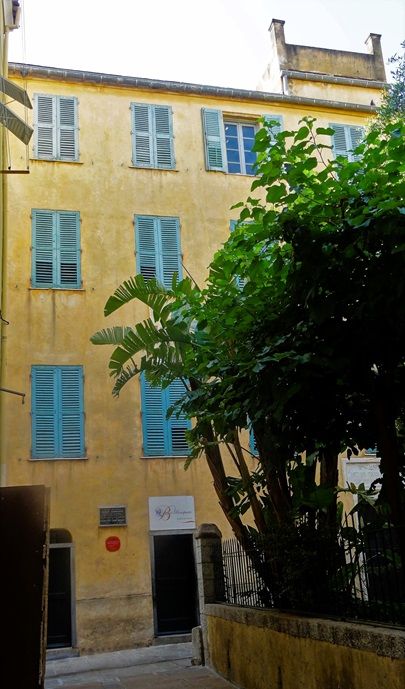
Located centrally in Place Loetitia, off Rue St Charles, close to the Citadel and the Cathedral in Ajaccio. The house is the birthplace of one of history’s most famous characters, Napoleon Bonaparte (1769-1821). Although no information is available on when the house was first built, it is known that it was continuously owned by members of the Bonaparte family from 1682 when Napolean’s great-great-grandfather Giuseppe Bonaparte married Maria Bozzi and moved into the property, and it was owned by the family until 1923. In 1764 Napoleon's father, Charles-Marie Bonaparte, married Letizia Ramolimo and they went to live on the first floor of the building. It was there that Napoleon Bonaparte was born on August 15, 1769. He lived here until the age of nine when he left to go to school at the Collège d’Autun in France. All of Napoleon’s eight siblings, with the exception of the eldest Joseph (who was born in Corte), were also born there. The family lived in four rooms on the first floor and had the use of the kitchen on the ground floor. The second and third floors belonged to other members of the family, but these were purchased over the years by the Bonapartes in order to increase their living space. In 1774 Charles also expanded the house with a terrace. Over time neighbouring properties were purchased in order to allow further expansion of the house and in 1766, it became the largest on the Rue Malerba, later to become the Rue Bonaparte. By then the house required expensive repairs. A permanent staircase was also constructed to replace the simple, movable ladder that had been used to reach the upper floors. In 1793 when Corsica fell into the hands of the British, Letizia and the Bonaparte family (Charles had died in 1785) left the island. They returned in 1796 when the British left the island. Following their return, they received significant compensation which Letizia used to expand and improve the property, which included the bright gallery. 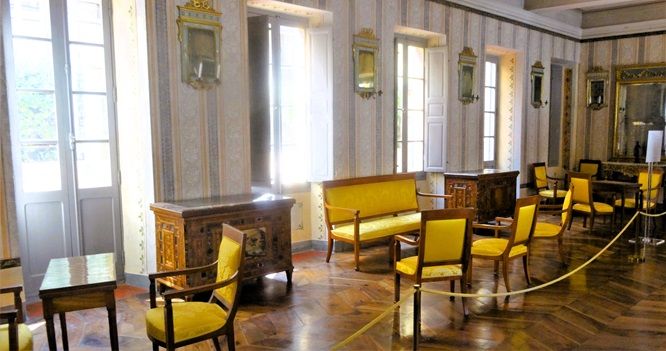 The rooms were furnished with chests of drawers from Milan and chairs from Marseille. The last time Napoleon stayed at the house was on his return from Egypt where he stayed from 28 September to 6 October 1799, when he used the Room with Alcove. 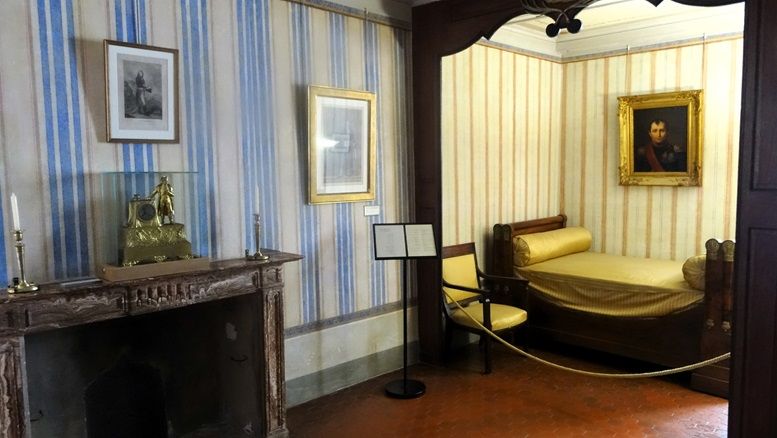 In 1843 the house came into the ownership of Joseph Bonaparte and then in 1852 it was bequeathed to Napoleon III. In 1857, he began to restore the building, which was to take place between 1857 and 1860. Napoleon III is known to have stayed at the house with Empress Eugenie on September 14, 1860. Empress Eugenie and her son Prince Imperial are also known to have stayed there on the occasion of the centenary of Napoleon Bonaparte's birth in August 1869. The work carried out by Napoleon III was partly covered with distemper in 1956-1957, but the ceilings were mostly unscathed. In 2002-2003 during work carried out on extending the museum, the old part of the house was refurbished, and some of the original Napoleon III decors were exposed, which can now be seen. By the end of 2006, all the decorations in all the rooms on the second floor had been revealed and restored. It was at this time that the distemper from the 1950s, was removed and the décor returned to that of the 19th century. This was followed in 2007-2008 by repainting the woodwork in its original Second Empire colours. The great discovery of this last project was the reappearance of the coloured decor in the alcove of the bedroom where Napoleon had spent his last nights in Corsica in 1799. The 19th-century colours: red and black for the woodwork, gold, and silver for the crowns, and palmettes above the alcove, were restored. 2008 also saw the removal of the wallpaper in the Gallery on the first floor that had concealed the Napoleon III decor. The original decor in the smoking room has since been reinstated as well. The house remained in the Bonaparte family until Prince Victor Napoleon donated the building to the French State in 1923 when it became listed on the French historic monuments classification. In 1967 it became a national museum which has been extended with the acquisition of the neighbouring house in 2004. Today visitors can wander around the house and see rooms as they were when they provided the living accommodation of the Bonaparte family, rooms such as the Salon. but also personal possessions such as the cane and gloves of Charles. The house has many portraits and the furniture from the period laid out in room displays over the three floors. It contains documents relating to the history of the house and the Bonaparte family tree from Charles up to the present day. 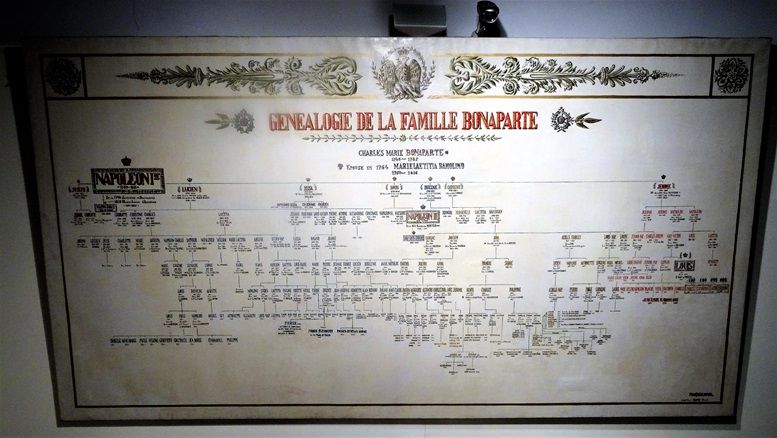 Also on display is the death mask of Napolean. 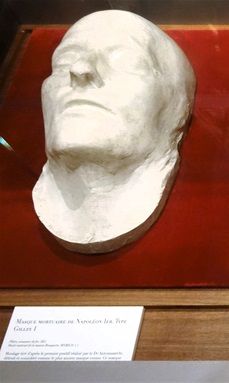 The entrance fee includes a hand-held audio guide, which is available in a number of languages, telling the story of the house and the items that can be seen. |
|
|
|
|
|||
All Photographs were taken by and are copyright of Ron Gatepain
| Site Map |